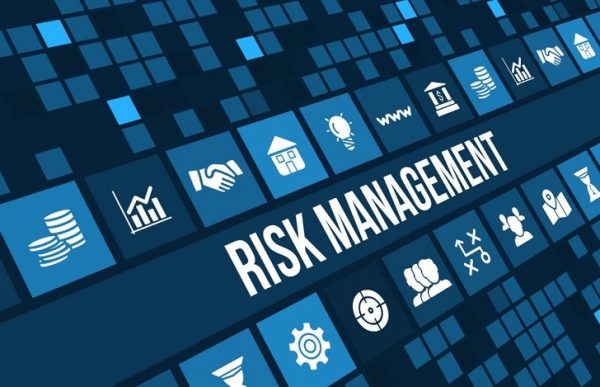All projects, regardless of size, come with some level of risk- the possibility that a sudden change in government policy will make the project less viable, or the shoddy work of incompetent construction workers which could lead to a major financial loss. Some forms of risk are external, that is, the project managers can’t do much to control them. But when it is possible to mitigate these risks, care should be taken to plan and implement a well-prepared risk management strategy. This could save the project team and its stakeholders a lot of stress and money. It could even save the project itself.
Here is a summary of what you need to do in order to effectively manage your project risks:
- Identify Risks: You should find out what sort of risks are associated with the type of project you are planning, and the risks peculiar to your project arising from localised factors (economics, politics, weather, culture etc.). Questions should be asked about the following: the pros and cons of using certain types of materials, machines and equipment; the probability that the prevailing economic climate could change and what kind of impact the change could have on the project; and what errors could exist in designs, projections and estimates used in the project planning and execution process. Information from previous projects and commercial databases and the knowledge of project team members should be sought. A useful report on the risks that you identify will also include the probability estimates, the range of possible outcomes, and expected timing for these risks to unfold.
- Quantify Risk: Determine which of the evaluated risks need to be responded to. After identifying the possible sources of risk, you could go on to estimate its monetary value. This can be done by finding the product of the Risk Probability (the likelihood of a risk event occurring, say, on a scale of 0 to 1), and the Risk Event Value (the estimated gain or loss from the event). Knowing the level of tolerance the project stakeholders have for risk is also vital because their participation in the project could be affected by their perception of the risks involved.
In essence, risk quantification entails the understanding of the extent to which the identified risk might affect the project, and clearly defining the effects in measurable terms. - Develop a Response: Risks can be avoided, mitigated, or accepted depending on the perceived nature of the opportunity they present or threat they pose. A risk may be eliminated by removing its source e.g. using equipment that is more familiar instead of new but unproven technology. Efforts might be made to reduce the extent of negative risks if they cannot be totally removed. Well known ways of dealing with project risk include maintaining a reserve for contingency (setting aside a percentage of funds for unknown risks), contracting portions of project work to experienced personnel, and getting the project insured- which is in fact a way of transferring the risk to the another party, in this case, the insurance company. An approach (or set of approaches) should be adopted based on the nature of the risk as revealed through the risk assessment process (identification and quantification).
- Execute Risk Management Plan: The response developed should be documented in a way that represents a coherent and implementable risk management plan. Revisions to the designed strategy may be carried out if practical experience indicates the need for it.


